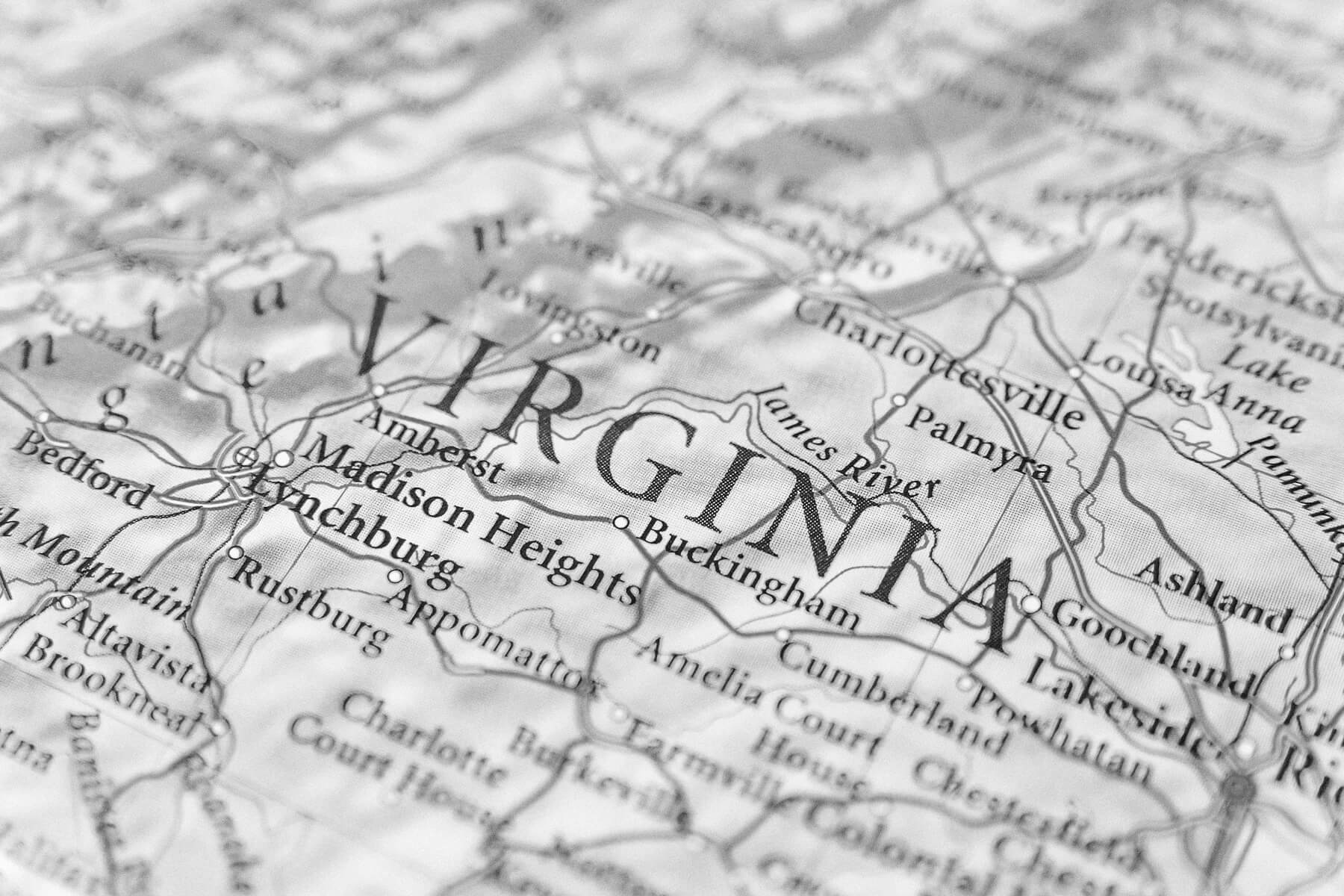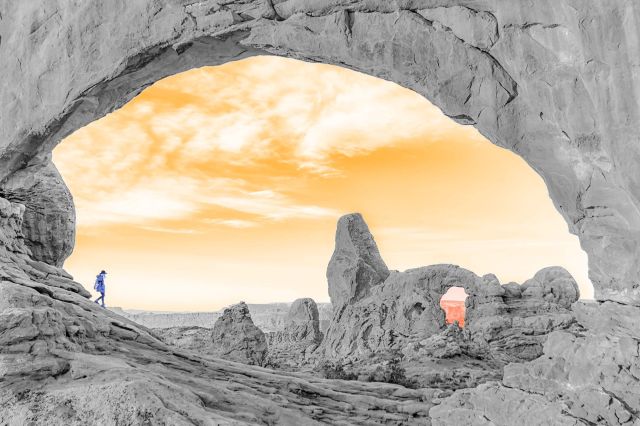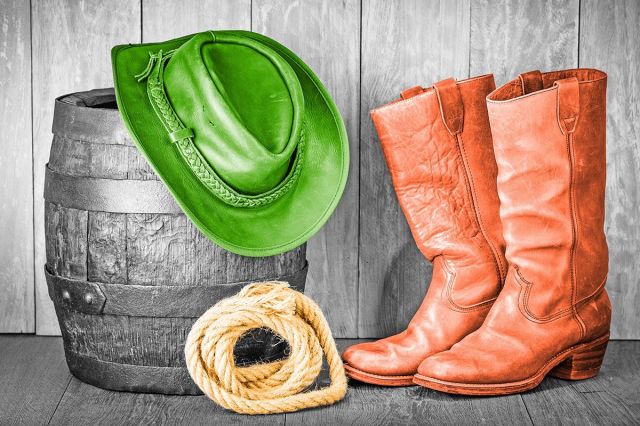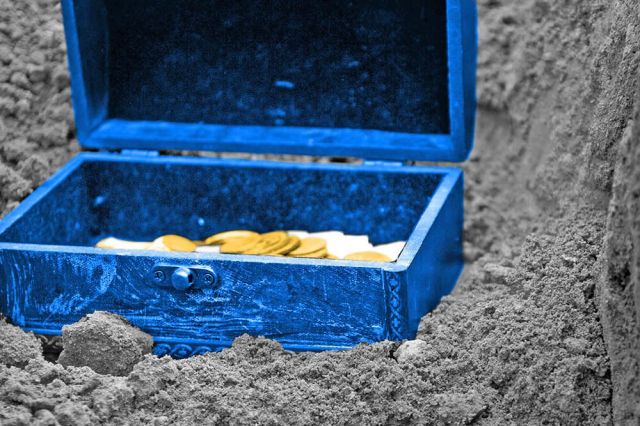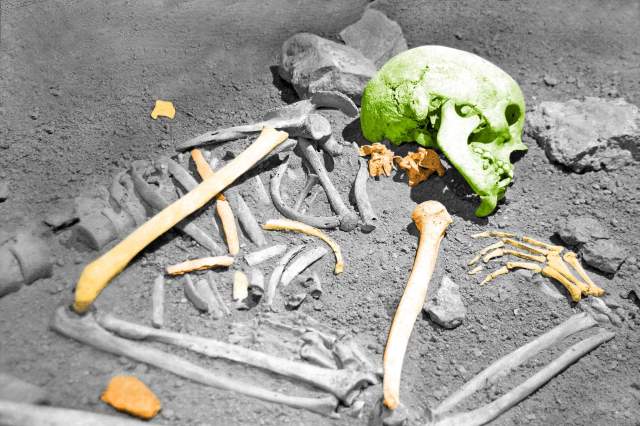7 Fascinating Facts About Gardening
Original photo by Serhii Brovko/ Shutterstock

From flower boxes in apartment windows to vast apple orchards, gardens take all kinds of forms. Plants look pretty, sure, but they also feed us, shelter us, and clean the air around us. Gardening isn’t just about the end result, either — getting your hands dirty can seriously boost your mood.
What’s actually living in your soil? Are you eating a rose right now? Did you neglect your lawn and accidentally grow a vegetable garden? These seven facts about gardening cover a lot of ground.

Some of Your Favorite Fruits Are Probably Roses
The rose family, Rosaceae, includes many, many cousins, including a lot of common fruit. Apples, pears, peaches, cherries, nectarines, plums, and even almonds are Rosaceae, but in a different genus than the plants we generally think of as roses. Brambleberries, such as raspberries and blackberries, are more closely related. (Roses, by the way, are also edible.)
Botanists reclassified apples and plums as roses in the early 1900s, which inspired a Robert Frost poem in 1927, including the lines: “The dear only knows/what will next prove a rose.”

One Sunflower Is Actually Thousands of Flowers
Sunflowers were first domesticated from wild plants in America around 1000 BCE and are now common features in front yards. Their defining feature is their gigantic blossoms, or heads, which are 2 to 4 inches wide in the wild and much, much bigger in many home gardens. The widest on record is more than 32 inches in diameter.
These heads may look like single giant flowers, but they’re actually thousands of tiny florets clustered together. What appear to be petals are actually various types of flowers. Daisies are in the same family, and have a really similar structure: a cluster of many disk florets at the center with a burst of ray florets along the perimeter.

There Can Be More Microbes in a Teaspoon of Soil Than There Are People on Earth
Planet Earth has a surface area of 197 million square miles, with 8 billion human beings living on it — but just a teaspoon of garden soil can have up to 10 billion microbes. Bacteria form the largest population of these microbes, but there are also plenty of fungi, algae, one-celled animals called protozoa, and small worms called nematodes. Bigger creatures such as earthworms and arthropods are part of the soil, too. This biome generates nutrients, like nitrogen and phosphorus, that plants need to survive and grow.

Bamboo Grows Really, Really Fast
Many home gardeners turn to bamboo because it thrives easily and makes a great privacy screen, but it can be quick to get you in over your head. Bamboo is one of the fastest-growing plants in the world, and some varieties, once established, can grow 45 inches — taller than most human toddlers — in a single day.
Bamboo shoots are connected underground by a rhizome, a growing underground stem, so they don’t need to grow their own leaves for a while; they get their nutrients from the other shoots in the chain. They also don’t get thicker, so they can use all their energy getting taller.
Because bamboo grows and proliferates so quickly, it can be wildly invasive in the United States. Be careful where and how you plant it; some gardeners opt to grow it in pots.

Many Common Weeds Are Edible
What counts as a “weed” is in the eye of the beholder, and many plants that some view as unwelcome are actually healthy and tasty snacks. Dandelions are one of the most common weeds in American gardens, but they’re incredibly nutrient-dense. The leaves can be sauteed or used in a salad, and the roots can be made into tea or even roasted and eaten. Even stinging nettles are edible (and nutritious) once they’re cooked.
Other edible weeds include lamb’s quarters, shepherd’s purse, and chickweed. If you want to bring these plants into your kitchen, though, first make sure they haven’t been sprayed with any herbicide.

Sound Affects Plants
You may have heard that talking to plants or playing music nearby helps them grow. While there’s no specific evidence to show that plants love having conversations with you (sorry), plants do respond to sound. In one study, sound as low as 70 decibels (about as loud as a dishwasher or a moderately loud conversation) affected two genes involved in how plants respond to light, although it’s not clear exactly how that influences the plant. Another study found that sound waves could increase the yield of certain crops, such as cotton and cucumbers. There are theories that sound could promote germination and growth by regulating certain plant hormones, that it might induce defense responses against pathogens (again via hormones), that it could trigger higher stress tolerance for plants, and more.
The plants could be responding to sound vibration because they evolved to respond to vibrations caused by wind — which can signal a plant to grow shorter and thicker to better respond to growing conditions.

Carrots Come in Many Colors
Carrots are perhaps the most iconic of the orange vegetables, but orange carrots are a relatively recent phenomenon. Early carrots were almost all purple and yellow — like you see in a bag of rainbow carrots — according to records dating back to around 900 CE. Orange carrots started showing up in European art in the early 16th century, and were probably naturally cultivated, despite a persistent rumor that Dutch farmers deliberately bred them.

Interesting Facts writers have been seen in Popular Mechanics, Mental Floss, A+E Networks, and more. They’re fascinated by history, science, food, culture, and the world around them.
top picks from the optimism network
Interesting Facts is part of Optimism, which publishes content that uplifts, informs, and inspires.



